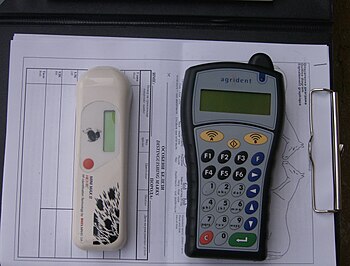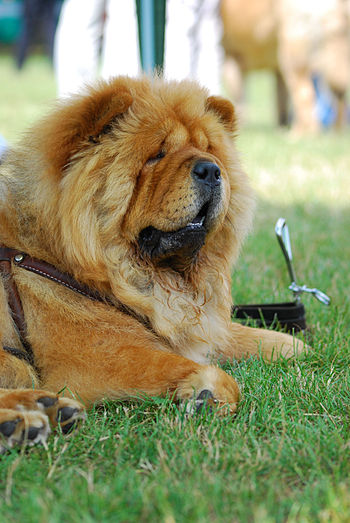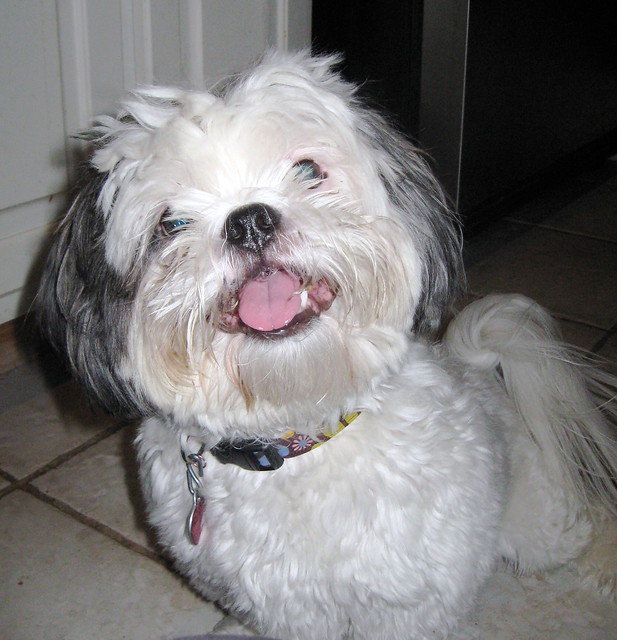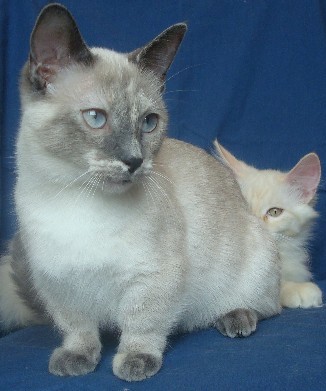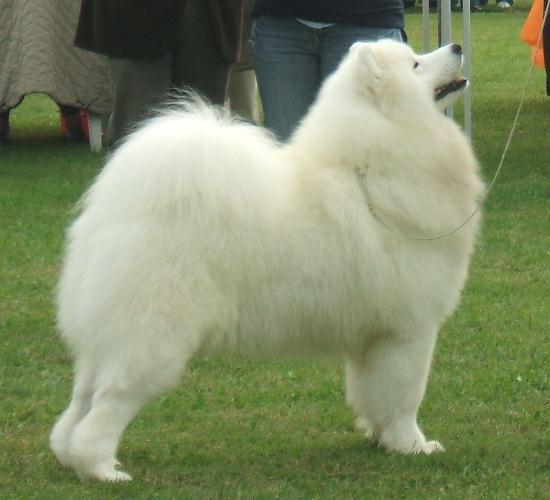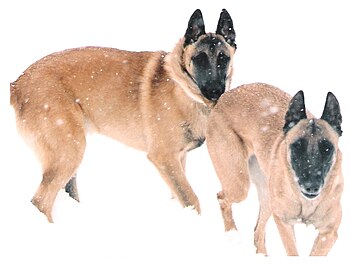As a pet owner, you have to be able to do everything for your buddy even if that means that you have to consider replacing the cone of shame. When that happens, then you could have the benefits below. So, be able to do this not only for the canine that you love the most but for yourself as well.
To begin with, you will be away from the curious stares of strangers. With the right alternatives to Elizabethan collar, you shall no longer be drawing attention everywhere you go. You shall have that privacy which you have always been craving to achieve during the past few weeks and that could be a great gift to yourself.
 |
| (Photo credit: Wikipedia) |
They are going to be very flexible. That means that your dogs would still have the freedom to move their neck. In that way, they would not look awkward in front of a lot of people and this cannot cause any tarnish in your reputation. So, simply do what is needed to be done in here since that is for your own good.
These products have a foam inside them. That signifies that they will not be a torture to your animals. On the contrary, they shall be an essential part in this recovery of your canines and this is what is vital as of the moment. You are not allowed to lose sight of that goal as you move along the way.
You would provide safety for your dog as well. The new collar can prevent it from running into sharp objects. So, it is perfectly safe for you to leave them at home as you head off to work. When that happens, then you can still have a normal life which is very important in here in the least.
You even have nothing to complain about the size. You can just bring your pet along when you are shopping and the attendant in the store will measure it up. Thus, go ahead and make this happen while you still have the time of the day because of your busy schedule. This is the right flow in here.
Your dog would feel normal and that can really help in its recovery. As you can see, everything is starting to fall into place. When that happens, then you shall be able to do the usual morning rounds with your buddy and nothing can get any better than that.
Everything can be washed by a washing machine. This indicates that your life is still yours to have. So, go ahead and be sure that everything is going fine with the machine. When that happens, then you can already seal the deal.
Overall, you just have to get the best out there. This would be for the good of your lifetime partner. Be a concerned pet owner and you shall reap the fruits of your hard labor. This is really the path that you have to be in right now.

